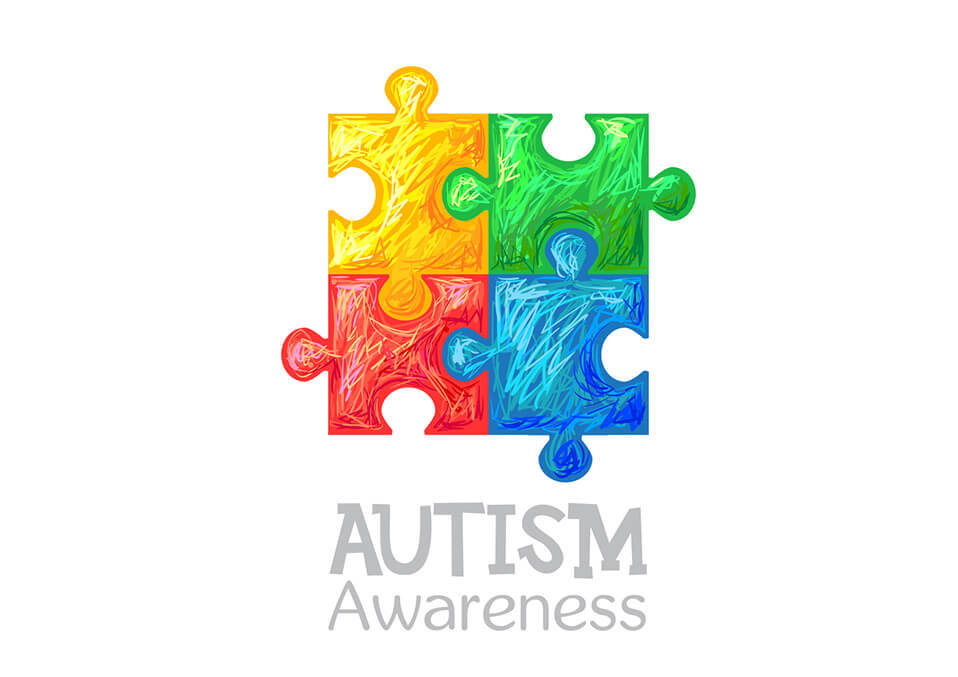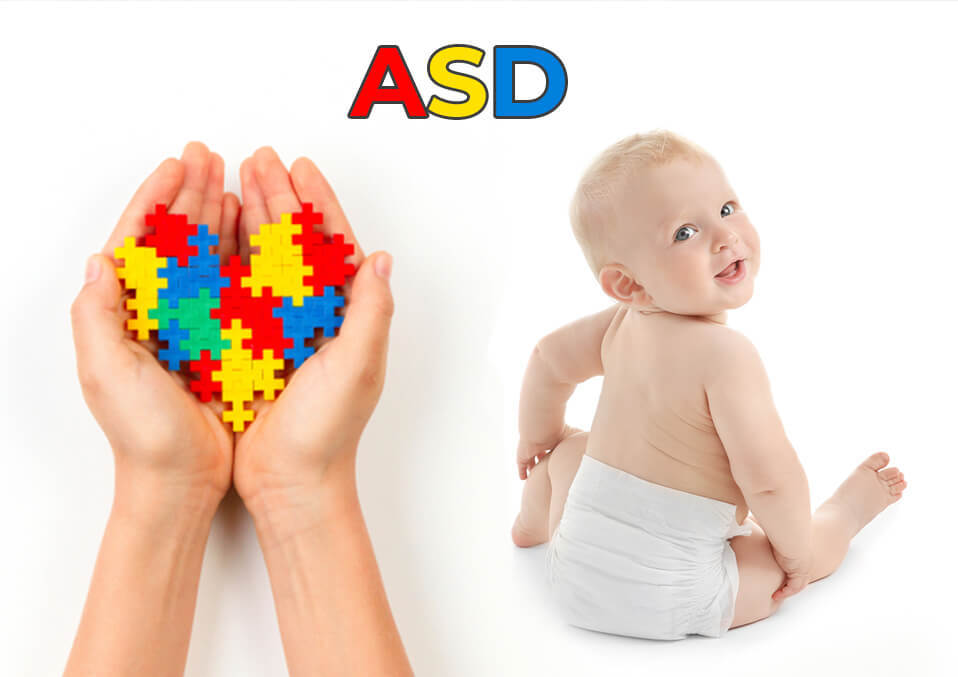As parents, we look forward to witnessing and experience our baby’s first milestones. Your baby’s first smile or laugh brings so much joy in the parents’ life. Small achievements such as standing or babbling is a reason to celebrate. We understand the importance of these milestones in their overall development and health.
Each baby has their own developmental pace and they shouldn’t be compared with other babies. Some learn to crawl early and others might start later. However, their milestone should hit a certain timeline and when you notice a significant delay in your baby, do not hesitate to consult an expert.
It is important for parents to be able to identify the signs of autism in babies because early intervention leads to better outcomes and management for the baby and family.
What is autism

Autism is a neurobehavioral disability that affects the social, communication and language part of the baby. This complex impairment has a range of symptoms and it is also called as ASD or Autism Spectrum Disorder. It can range from mild to severe. There are individuals who were diagnosed with ASD but are able to function independently while others with severe diagnosis may require daily support.
Children diagnosed with ASD demonstrate difficulty in socializing, have repetitive behaviors and have challenges with verbal and non-verbal communication. It is estimated that 1 in every 59 children is affected by autism according to the Center for Disease Control.
What is the Cause
It’s hard to really pinpoint the cause of autism, but experts believed it is a combination of genetics and the environment. Other factors include low birth weight, delivery complications, old parents and premature birth.
Pregnant women who are exposed to certain chemicals and drugs like anti-seizure medications or alcohol can increase the likelihood of autism in the baby. Make sure to ask your doctor which medications are safe to take during pregnancy. Rubella and Phenylketonuria are also linked to ASD.
One controversial cause of autism is vaccination. However, several studies made by various health organizations such as WHO, the Center for Disease Control and the American Academy of Pediatrics showed no connection of vaccination and ASD.
Signs and symptoms
Some parents were able to recognize the signs of autism in babies as early as 6-12 months. In order to detect early, it is important for parents to be observant. If you notice your baby is not responding to his/her environment such as noise, movements or even the voice of the caregiver, then you might need the help of professional to properly assess the condition.
3 Months
At this age, babies are usually curious about faces and the surroundings. Parents will even plan out a developmental activity for 3-month old babies to boost their learning. Unfortunately, when he/she is not interested in following moving objects, new faces, not reacting to noise, don’t smile or even hold items, this is the early signs of autism.
7 Months
At 7 months, you will see more significant signs and symptoms. Not making sounds like squealing or laughing, does not show affection, not showing interest in reaching out objects or playing peekaboo and make no effort in calling attention through his/her actions.
12 Months
Looking at symptoms and signs at this age can be heartbreaking for parents. Absence of physical activities such as crawling, shaking the head and even inability to stand. Poor communication skills like not pointing on objects, waving and no babbling are quite upsetting signs.
Basically, ASD affects 3 aspects of the babies growth:

Communication
40% of children diagnosed with ASD do not talk but some were able to develop their ability late in life. Common communication problems you will notice are delayed speech, flat speaking voice, repeating phrases, not using gestures and difficulty using pronouns.
Socialization
One key sign of children with ASD is the inability to socialize with others. Some may want to establish a connection but due to poor social skills, he/she will find it difficult to connect. Social skills can be detected as early as 8 months and common manifestations are not responding when his/her name is called, prefers to be alone, avoid physical contact, no eye contact doesn’t understand emotions and not interested in playing with others.
Behavior
Lastly, ASD also has an impact on the behaviors. Children with autism demonstrate unusual patterns of behavior such as jumping, hand-flapping or spinning repeatedly, pacing and hyperactive, sensitivity to sounds, lights and touch. Moreover, they will get upset even with the slightest disruption from their specific routines. Others are aggressive, impulsive and clumsy with short attention span.
However, it is important to note that these symptoms are not conclusive and definite since babies with ASD has a wide range of complexities and challenges.
What to do
If you notice some positive signs of autism in babies, it is important to tap the help of experts so proper intervention can be made. The early the treatment, the better the outcome for the baby.
Request for autism screening
Once you see the red flags, set an appointment with the pediatrician and request for an autism screening. Nowadays, there are many specialized screening tools developed particularly for autism. These tools are easy, straightforward and quick to answer.
Look for a developmental specialist
Once the pediatrician sees possible signs of autism based on the screening tool, you will be referred to a developmental specialist. They will perform a more comprehensive assessment before any diagnosis is made. Although specialists will not give a definite diagnosis of autism before the age of 3, they will use the tools to identify symptoms associated with autism.
Start early intervention
Once the ASD symptoms are identified, you can look for early treatment. Children with developmental delays regardless if they are diagnosed with autism, benefit greatly from early intervention and treatment. Do not settle for the wait-and-see-method as this will only pose more risk to your baby.
Read also:
- Baby Head-Shaking: Symptoms and Causes
- Incredible Benefits of Sunlight To Kids’ Health
- Child Regression – Why Does It Happen And How To Deal With It




